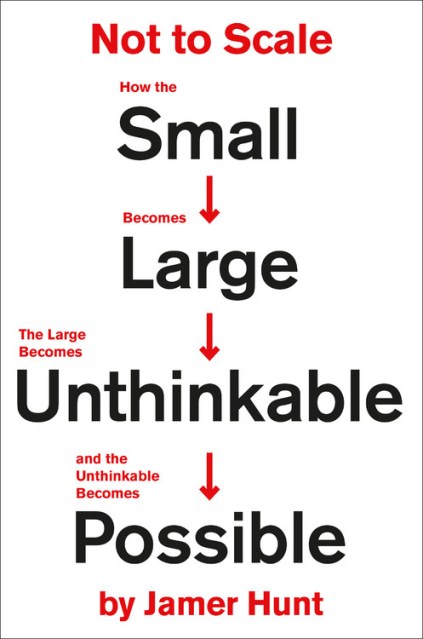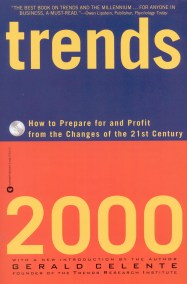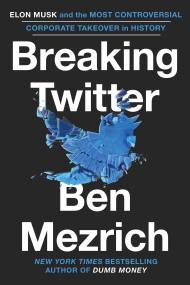Not to Scale
How the Small Becomes Large, the Large Becomes Unthinkable, and the Unthinkable Becomes Possible
Contributors
By Jamer Hunt
Formats and Prices
Price
$30.00Price
$38.00 CADFormat
Format:
- Hardcover $30.00 $38.00 CAD
- ebook $15.99 $20.99 CAD
- Audiobook Download (Unabridged)
- Trade Paperback $16.99
This item is a preorder. Your payment method will be charged immediately, and the product is expected to ship on or around March 3, 2020. This date is subject to change due to shipping delays beyond our control.
Also available from:
The dictionary defines “scale” as a range of numbers, used as a system to measure or compare things. We use this concept in every aspect of our lives-it is essential to innovation, helps us weigh options, and shapes our understanding of the impact of our actions.
In Not to Scale, Jamer Hunt investigates the complications of scale in the digital age, highlighting an interesting paradox: We now have a world of information at our fingertips, yet ironically the more informed we have become, the more overwhelmed we feel. The global effects of our daily choices (Paper or plastic? Own or lease? Shop local or buy online?) remain difficult for us to comprehend, and solutions to large-scale national and international issues feel inconceivable.
Hunt explains how these challenges are intimately tied to a new logic of scale and provides readers with survival skills for the twenty-first century. By taking massive problems and shrinking them down to size, we can use scale to effect positive change and adapt to the modern era. Connecting our smallest decisions to the grand scheme of things, Not to Scale is a fascinating and empowering guide to comprehending and navigating the high stakes often obscured from our view.
Genre:
- On Sale
- Mar 3, 2020
- Page Count
- 272 pages
- Publisher
- Grand Central Publishing
- ISBN-13
- 9781538715888
Newsletter Signup
By clicking ‘Sign Up,’ I acknowledge that I have read and agree to Hachette Book Group’s Privacy Policy and Terms of Use







